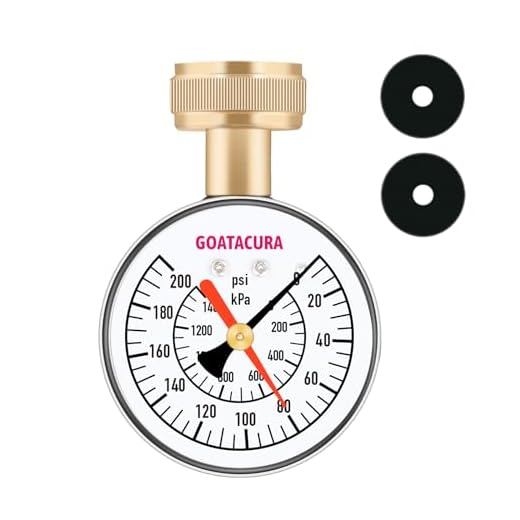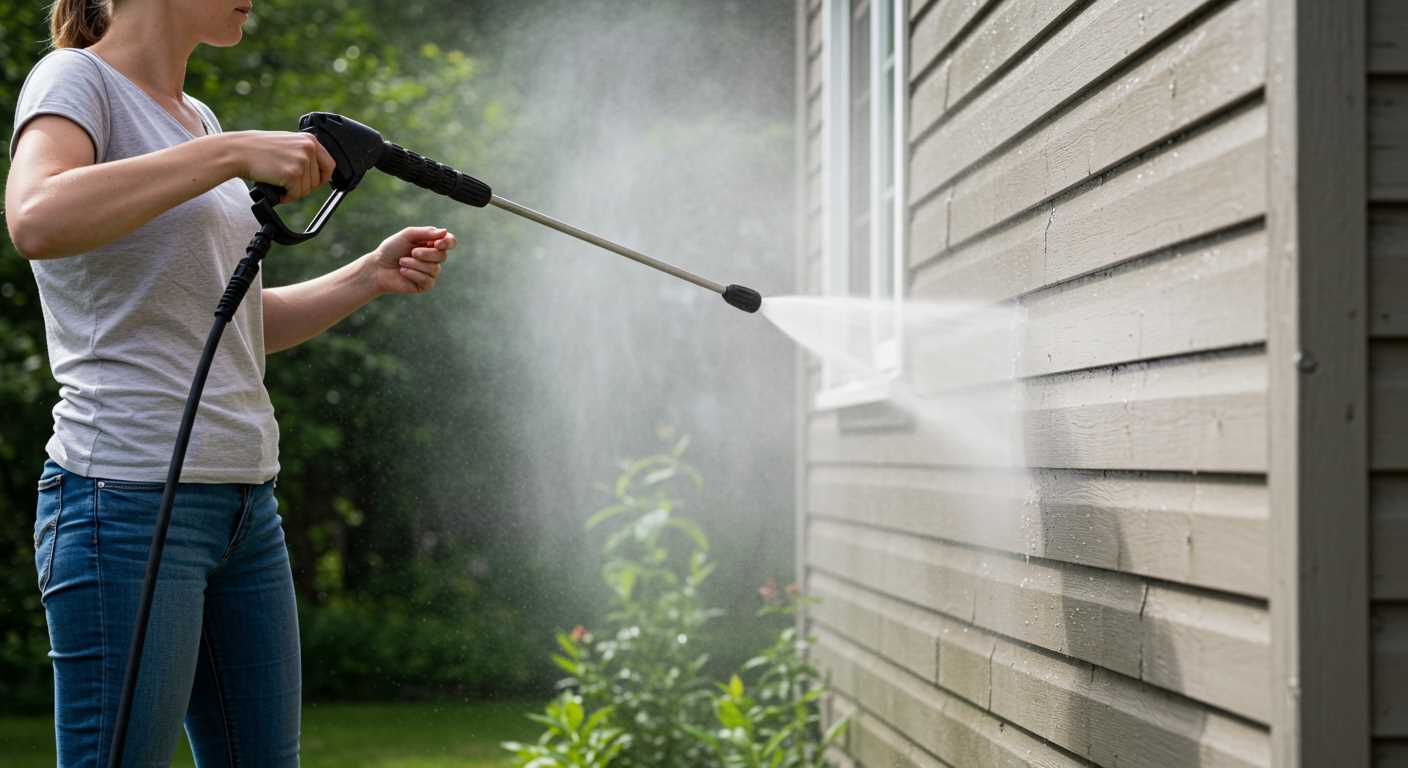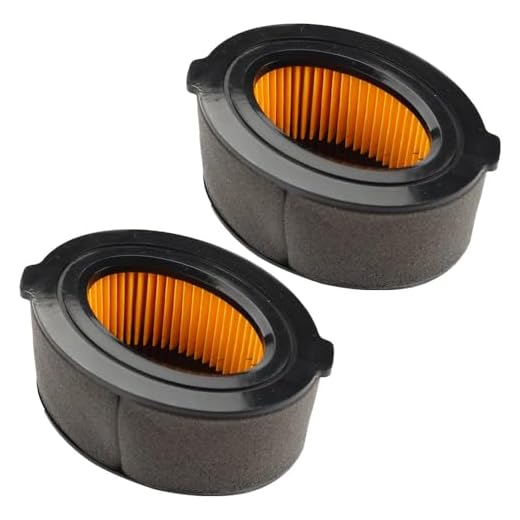



First and foremost, check your filter. A clogged or dirty filter can lead to inconsistent water flow, causing your device to behave erratically. Regular cleaning of this component can prevent pulsation and ensure optimal performance.
Next, inspect the connections and hoses for any leaks. A small crack or loose connection can disrupt water pressure and lead to the pulsing effect. Ensure all fittings are tight and replace any damaged parts immediately to maintain steady operation.
Additionally, consider the water supply. Insufficient pressure from the source can induce pulsation. Make sure your water supply is strong and consistent, eliminating any potential issues at the source.
Lastly, check the spray nozzle. If it’s obstructed or worn, this can generate fluctuating pressure. Cleaning or replacing the nozzle can provide a more stable spray pattern, which significantly reduces any pulsing you may be experiencing.
Causes Behind the Fluctuating Performance of Your Cleaning Unit
First, examine the water supply. Low water flow can lead to inconsistent performance. Ensure the hose is free of kinks and that the inlet filter isn’t clogged. A steady stream is crucial.
Next, check the nozzle. A blocked or worn tip can restrict flow, impacting pressure. Regularly clean or replace the nozzle to maintain optimal performance.
Pump Issues
Investigate the pump for any signs of damage or wear. A faulty pump can lead to irregular pressure. Listen for unusual noises, and consider consulting a professional if you suspect pump failure.
Air in the System
Air trapped within the hoses can lead to irregular flow. To purge the system, turn off the unit, disconnect the hose, and activate the trigger until water flows steadily without interruptions. Reconnect and test again.
Understanding the Basics of Pressure Washer Operation
For optimum performance, regularly inspect components such as the unloader valve, water inlet filter, and nozzle. These parts directly affect water flow and equipment functionality.
Ensure the water supply is adequate and free from debris. A consistent flow of clean water is vital for the operation of all equipment. Clogged filters can lead to operational issues.
Pay attention to the settings on the machine. Adjusting the pressure settings as per the specific cleaning task can significantly impact the efficiency. Use high pressure for tough stains and lower pressure for delicate surfaces.
Monitor the power supply. Inadequate voltage can lead to irregular performance, causing fluctuations during operation. Ensure the extension cords used are suitable and do not exceed length recommendations.
Inspect hoses for kinks or damage. A compromised hose can restrict flow, leading to irregular behaviour or performance issues. Regularly replacing worn-out hoses prevents further complications.
Utilise the correct detergent for your cleaning tasks. Compatibility with the equipment is crucial. Using the appropriate cleaning agents can enhance performance and reduce strain on the system.
- Check unloader valve settings.
- Inspect and clean water inlet filters.
- Ensure appropriate nozzle selection for tasks.
- Verify power supply and connections.
- Examine hoses for kinks and wear.
- Use compatible cleaning agents.
By implementing these practices, responsiveness and reliability is maximised, leading to a smoother experience each time the equipment is used.
Identifying Common Causes of Pulsating Pressure

First and foremost, check for restrictions in the water inlet. A clogged filter or kinked hose can lead to inconsistent flow, causing fluctuations in output. Ensure that all connections are secure and free from blockages.
Next, inspect the nozzle. A damaged or obstructed nozzle can alter the water stream, resulting in irregular operation. Clean or replace the nozzle as required to maintain a smooth workflow.
Another common factor is the detergent injection system. If there’s a blockage in this area, it can cause erratic performance. Ensure the siphon tube is clear and verify that the detergent used is appropriate for your equipment.
Additionally, keep an eye on the pump itself. Internal wear or damage can affect pressure consistency. Regular servicing and maintenance can prolong the life of the pump and reduce the likelihood of performance issues.
Finally, assess the motor and power supply. An inadequate power source may lead to fluctuations in pressure output. Make sure the unit is plugged into a suitable outlet and check for any tripped circuit breakers.
Inspecting the Water Supply for Inconsistencies
Check for blockages in the hose or fittings supplying water to your unit. An obstructed hose can create irregular flow, causing malfunction. Replace or clean any obstructed components.
Validate water source pressure. Insufficient pressure can result in unreliable performance. Use a pressure gauge to measure; readings below the manufacturer’s specifications can indicate issues.
Inspect hoses for kinks or bends. Such restrictions can hamper water flow, leading to sporadic operation. Ensure all hoses are in good condition, uncoiled, and properly directed.
Examine water connections for leaks. Any leak can disrupt the flow rate, triggering operational inconsistencies. Tighten fittings or replace damaged parts as necessary.
| Inspection Aspect | Recommendation |
|---|---|
| Hose Condition | Check for blockages and replace if necessary |
| Source Pressure | Use a gauge to confirm pressure is within specs |
| Hose Integrity | Look for kinks; ensure hoses are straight and uncluttered |
| Connection Seals | Tighten or replace any leaking fittings |
Maintain a clean water supply. Particles in the water can also cause erratic behaviour in the equipment. Use a filter to enhance water quality and prevent debris build-up.
Examining Hose and Connections for Blockages
Begin troubleshooting by closely inspecting the hose and connections. A common issue leading to erratic water flow is the presence of debris or kinks that impede smooth operation.
Check for Kinks and Twists

First, lay out the hose completely, ensuring there are no twists or kinks. Even minor bends can restrict water movement significantly. If any kinks are discovered, reposition the hose to eliminate them.
Inspect Connections
- Examine all attachment points, including where the hose connects to the water source and the cleaning unit.
- Ensure each connection is tightly sealed to prevent air intake, which can create pressure inconsistencies.
- Look for signs of wear or damage on the connectors, as these can also disrupt water flow.
- If possible, detach and clean any filters present in the connectors to remove accumulated debris.
Regular maintenance of hoses and connections enhances performance. Remember to store hoses properly when not in use, avoiding sharp bends that could lead to future blockages.
Assessing the Pump and Internal Components for Damage

Begin with a visual inspection of the pump for any cracks, leaks, or obvious signs of wear. Pay attention to the seals and O-rings; these components can degrade over time, leading to pressure inconsistencies. Replace any damaged seals immediately to prevent further internal issues.
Check for signs of scale buildup or debris within the pump housing. This accumulation can hinder water flow and lead to erratic pressure output. A thorough cleaning may resolve some pulsation problems. If scale is present, consider using a descaling solution appropriate for the materials involved.
Disassemble the unit carefully to inspect the internal components. Look for wear on the pistons and cylinder walls, as these parts must maintain a tight fit for optimal function. If you notice excessive play or scoring, replacement may be necessary.
Test the pump’s pressure output with a gauge, comparing it against manufacturer specifications. Any discrepancies could indicate internal damage or pressure regulation issues that need addressing.
Finally, ensure all fittings and valves are operating correctly. A malfunctioning pressure relief valve can disrupt regular flow, causing fluctuations. Testing and replacing faulty parts where necessary will contribute to restoring consistent performance.
Troubleshooting and Maintenance Tips to Prevent Pulsating
Regularly check the water source’s consistency. Ensure the supply line is free from debris and the flow rate meets the specifications of your equipment. Consider installing a filter to catch particles that might obstruct water flow.
Inspect the hose for kinks, twists, or blockages. Look for any signs of wear that could prevent adequate water passage. Replace or repair damaged hoses immediately to maintain optimal performance.
Clean all connections meticulously. Ensure that fittings are securely attached and devoid of leaks. Use thread seal tape for threaded connections to avoid air infiltration that might disrupt the water flow.
Examine the pump thoroughly. Listen for unusual noises, indicating potential internal wear or damage. Regularly lubricate components as per the manufacturer’s guidelines to prolong their lifespan.
Conduct a routine check of the nozzle. Clogged or worn nozzles can cause erratic water flow. Clean the nozzle with a suitable cleaning solution and replace it if necessary to ensure a proper spray pattern.
After usage, always empty any remaining water in the system to prevent freezing or internal corrosion during storage. This simple step can significantly enhance the longevity of your equipment.
Schedule regular maintenance checks. Familiarise yourself with the manufacturer’s maintenance recommendations and adhere strictly to those guidelines. Prevention is far more manageable than rectifying problems post-occurrence.
Lastly, consult the user manual for troubleshooting assistance specific to your model. Document any recurring issues to provide insights during servicing, ensuring a thorough addressing of persistent problems.








